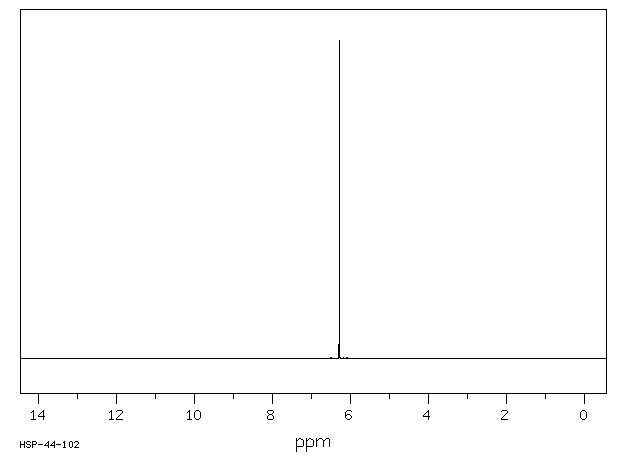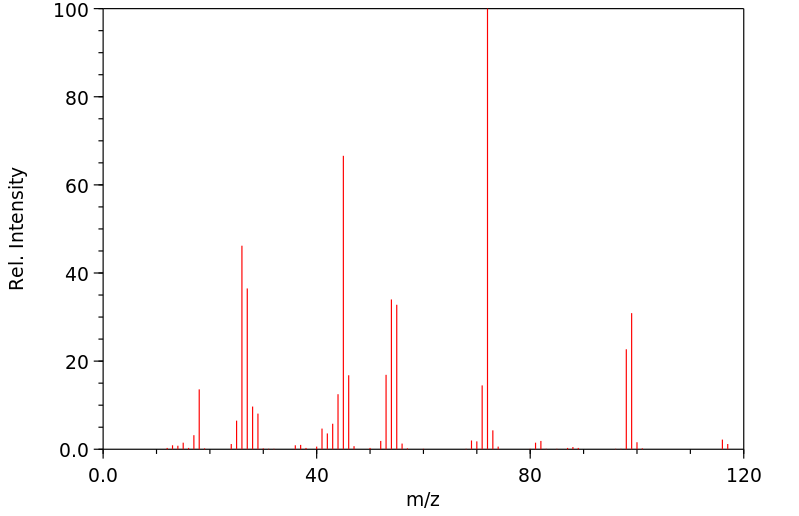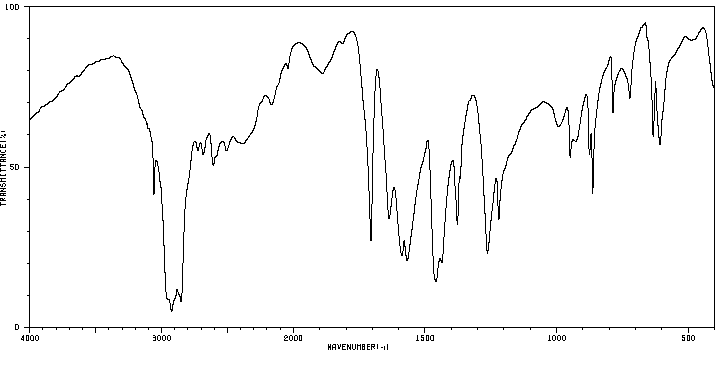毒理性
识别和使用:马来酸形成无色或白色晶体。它用于制造人造树脂、染整羊毛,以及制备抗组胺药和其他类似药物的马来酸盐。人类暴露和毒性:20%的水溶液在人体上产生轻微且可逆的皮肤刺激。较低浓度(<5%)足以在人体受试者中产生严重眼部刺激。纯净的马来酸据报道对人类粘膜有严重刺激作用。在体外,马来酸显著改变了人红细胞膜蛋白的物理状态。动物研究:通过颈静脉导管给雄性大鼠单次静脉注射400或200 mg/kg bw的马来酸,立即对肾脏造成伤害,在给药后24小时发展为广泛坏死。在狗中,静脉注射马来酸(50 mg/kg)增加了钠、钾和磷酸盐的排泄。马来酸可能通过其在三羧酸循环中的代谢利用,增强豚鼠肺部的过敏性组胺释放。肾脏损伤已被观察到作为马来酸的全身毒性作用。通过腹膜内注射(100-350 mg/kg;大鼠、狗)以及吸入约720 mg/mc的暴露,也产生了肾脏的形态功能变化。马来酸对远端和近端管状重吸收的损伤使人联想到人类已知的(先天或获得性)范科尼综合症。这种损伤似乎是由马来酸与肾小管细胞中的谷胱甘肽相互作用引起的,导致自由基和过氧化物的浓度无法容忍。除了导致的细胞损伤外,马来酸似乎还影响近端管中的Na+和H+离子运输。在雄性大鼠长期暴露(每天250、500、750 mg/kg,长达两年)后,所有剂量组均观察到死亡率增加以及肾脏损伤和生长延迟。在最高剂量组中还发现了肝脏和睾丸损伤。在长期给药中未发现马来酸具有致癌活性的迹象,然而这并不是一个致癌性研究。给予小鼠的马来酸对自发性肿瘤和移植性肉瘤的生长有一定的抑制作用。在使用Salmonella typhimurium TA100进行的测试中,马来酸在水溶液中与氯反应时并不具有突变性。在50/50体积甲醇/水溶液中,它具有显著的突变性,并且在与氯反应时在每摩尔3当量的位置达到峰值。
IDENTIFICATION AND USE: Maleic acid forms colorless or white crystals. It is used for manufacturing of artificial resins, dyeing and finishing wool, and for preparing the maleate salts of antihistamines and similar drugs. HUMAN EXPOSURE AND TOXICITY: A 20% aqueous solution produced a mild and reversible skin irritation in humans. Lower concentrations (< 5%) are sufficient to produce serious ocular irritation in human subjects. Neat maleic acid is reported to be a severe irritant to the mucous membranes of humans. In vitro, maleic acid produced highly significant alterations in the physical state of human erythrocyte membrane proteins. ANIMAL STUDIES: Single intravenous application of 400 or 200 mg/kg bw maleic acid to male rats via jugular venous catheter caused immediate injury in the kidneys which progressed to extensive necrosis by 24 hr after administration. In dogs the intravenous administration of maleic acid (50 mg/kg) increased sodium, potassium, and phosphate excretion. Maleic acid may enhance anaphylactic histamine release from guinea pig lung by its metabolic utilization in the tricarboxylic acid cycle. Kidney damage has been observed as a systemic toxic action of maleic acid. Morphological-functional changes in the kidneys were produced by intraperitoneal injection (100-350 mg/kg; rats, dogs) and also by inhalation exposure to ca. 720 mg/mc (rats). The damage to distal and proximal tubular resorption produced by maleic acid is reminiscent of the known (congenital or acquired) Fanconi syndrome in humans. This damage seems to be caused by the interaction of maleic acid with glutathione in tubular renal cells, leading to intolerable concentration of free radicals and peroxides. In addition to the resultant cellular damage, maleic acid appears to affect Na+ and H+ ion transport in the proximal tubes. After chronic exposure of male rats (250, 500, 750 mg/kg /per/ day for up to two years), an increased mortality as well as kidney damage and delayed growth was observed in all dosage groups. Liver and testicular damage has also been found in highest dosage group. No signs of carcinogenic activity of maleic acid were discovered with long-term dosage, which however was not designed as a carcinogenicity study. Maleic acid given to mice has some inhibitory action on the growth of spontaneous carcinomata and grafted sarcomata. When tested using Salmonella typhimurium TA100, maleic acid was not mutagenic when reacted with chlorine in aqueous solution. In a 50/50 by vol methanol/water solution it was substantially mutagenic, and reacted with chlorine with a peak at 3 equivalents per mole.
来源:Hazardous Substances Data Bank (HSDB)










